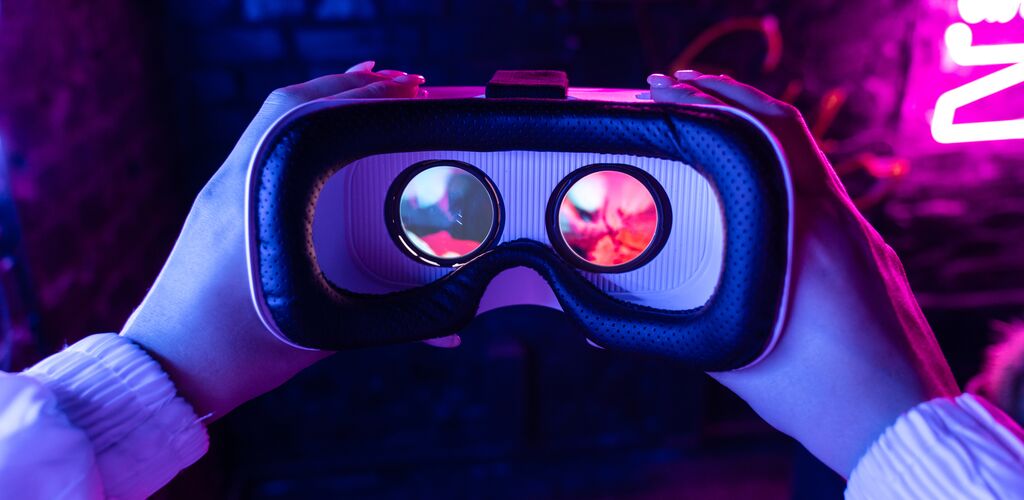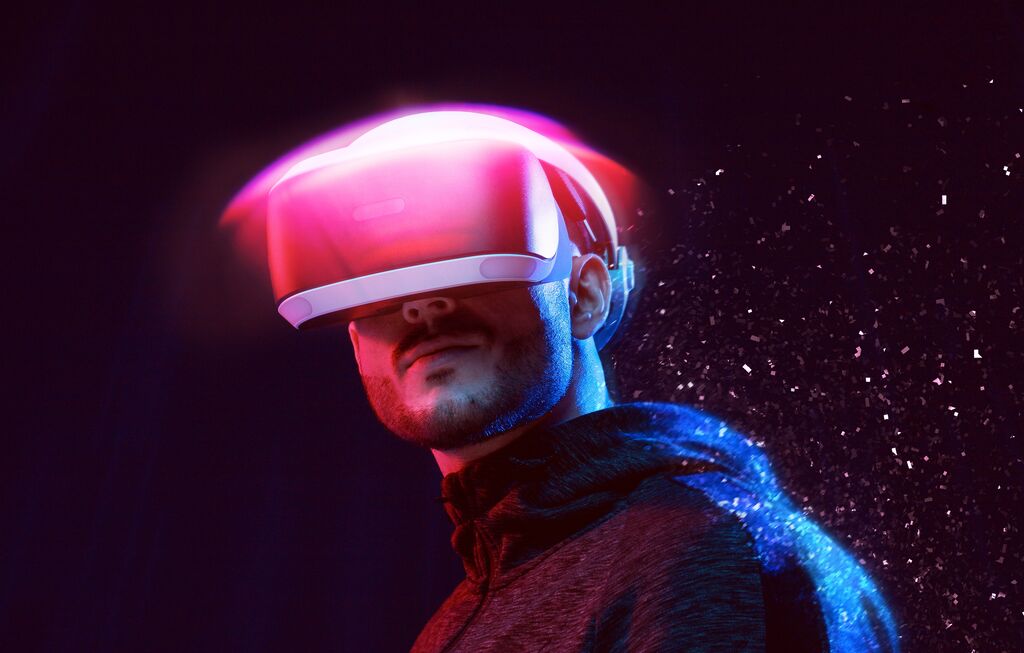Everywhere from Balenciaga’s digital fashion line in Fortnite, to Samsung’s flagship space in Decentraland, to the Gucci Garden in Roblox and a slew of new branded virtual shopping centers, we are seeing companies begin to harness the power of the metaverse to deliver immersive brand experiences to their consumers.
However, amid all of this excitement, it is often difficult to tell which experiences have truly been successful and where to begin when considering launching a new brand experience. In this step-by-step guide, we’ll walk you through how to tell if a virtual world experience makes sense for your brand and how to choose the metaverse strategy that is right for your business goals.
Why Now?
The stars have aligned and a few major factors signal that the birth of a metaverse is soon to come:
- The pandemic caused online gaming, shopping and social media use to surge, further blending our digital and physical realities
- The gravitation to online made many companies rethink their digital ecosystems and inspired technologists to innovate in the space
- AR and VR technologies have become more accessible to household consumers. For example, at $299, the Oculus Quest 2 is now less than the cost of a PS5 or taking a family of four to a baseball game
- Web 3 technologies such as blockchain have opened the door to new levels of decentralization, autonomy and control in users’ digital interactions
- Tech giants like Meta and Microsoft have made details of their metaverse strategies public, leading to a lot of media buzz and investments in this space

To clarify, the term “metaverse” describes a future network of virtual worlds that further connect our physical and digital realities. While the metaverse has not yet come to fruition today, it is widely believed to be where much of our interaction will take place in the next wave of the Internet.
Gartner predicts that by 2026, 25% of people will spend at least one hour a day in the metaverse for work, shopping, education, social media and/or entertainment.
Virtual worlds of every variety, from cross-platform video games such as Fortnite, to web-based creator spaces like Decentraland, to VR social experiences like VR Chat are believed to be precursors to the metaverse and have given brands their first opportunities to connect with users in this space. In Understanding the Appeal of the Metaverse, Samuel Van Kiel, a Valtech researcher explains, “[There] is the metaverse’s affordance to engage with people differently. In a hyperreal environment, the consumer journey can be rethought entirely. Brand activations can be experiences like nothing that has been done before.”
Brands around the world are taking advantage of the new world of opportunities in the metaverse. Are you ready to take the leap and explore whether creating a metaverse experience is right for your target audience?











